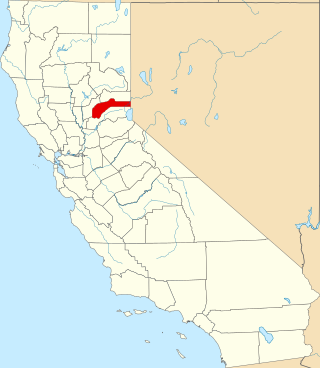There are 6 National Natural Landmarks in Nevada.
| Name | Image | Date | Location | County | Ownership | Description |
|---|---|---|---|---|---|---|
| Berlin–Ichthyosaur State Park |  | 1973 | 38°52′29″N117°35′23″W / 38.874722°N 117.589722°W | Nye | state park | Site containing fossil remains of 37 of the largest forms of Ichthyosaur. |
| Hot Creek Springs and Marsh |  | 1972 | 38°23′58″N115°07′56″W / 38.399437°N 115.132262°W | Nye | state | An outstanding spring and wetland area that supports the relic White River springfish. |
| Lunar Crater |  | 1973 | 38°23′02″N116°04′09″W / 38.383968°N 116.069167°W | Nye | federal (Bureau of Land Management) | 400-acre (160 ha) maar thought to have been formed by a past volcanic explosion. |
| Ruby Lake National Wildlife Refuge |  | 1972 | 40°12′07″N115°29′35″W / 40.202°N 115.493°W | Elko | federal | One of the largest and finest natural wetlands in Nevada. |
| Timber Mountain Caldera | 1973 | Nye | federal (Nellis Air Force Range) | Remnant of an elliptical caldera developed in the late Miocene and early Pliocene. | ||
| Valley of Fire |  | 1968 | 36°27′22″N114°31′59″W / 36.456111°N 114.533056°W | Clark | state park | An outstanding example of thrust faulting. |




